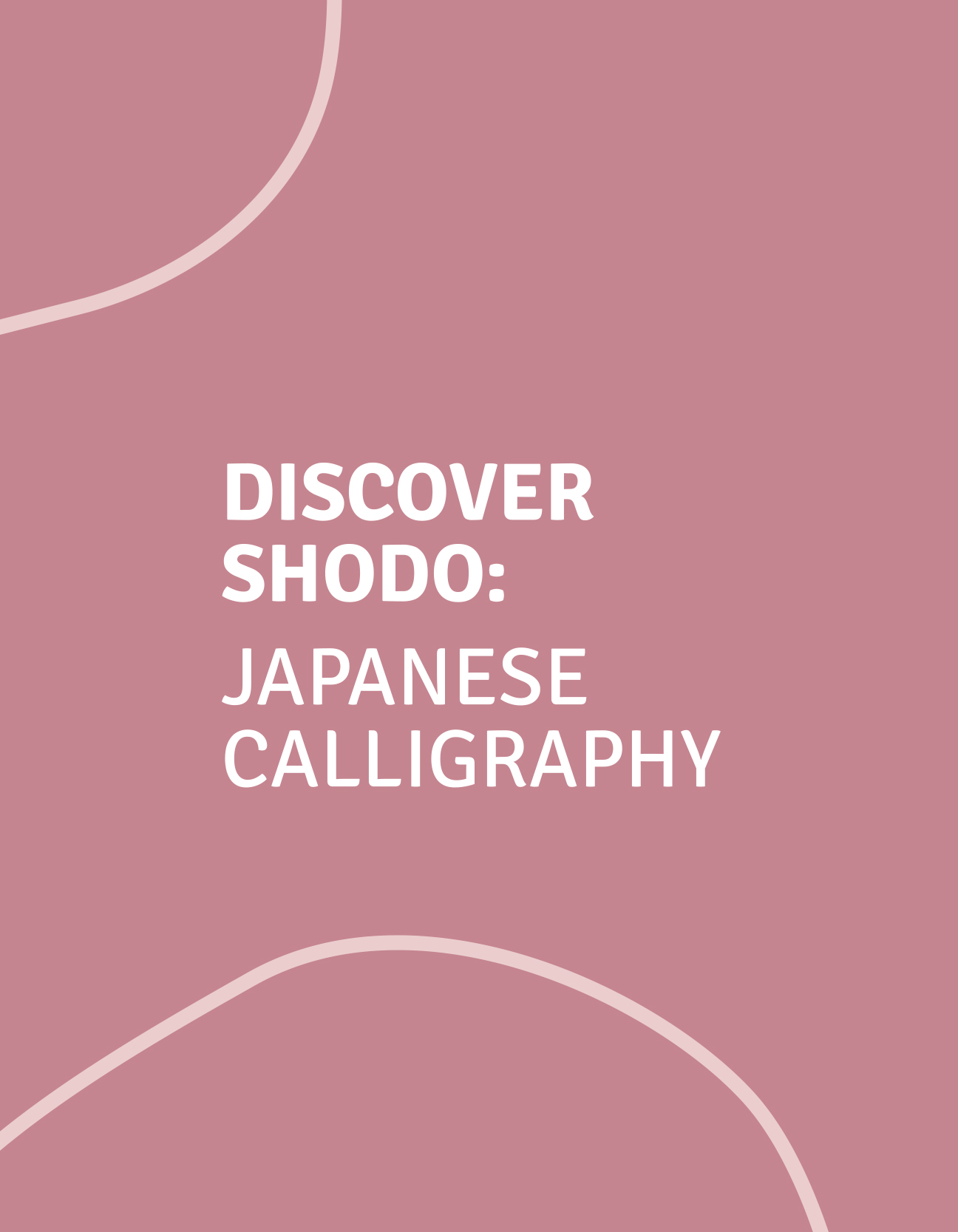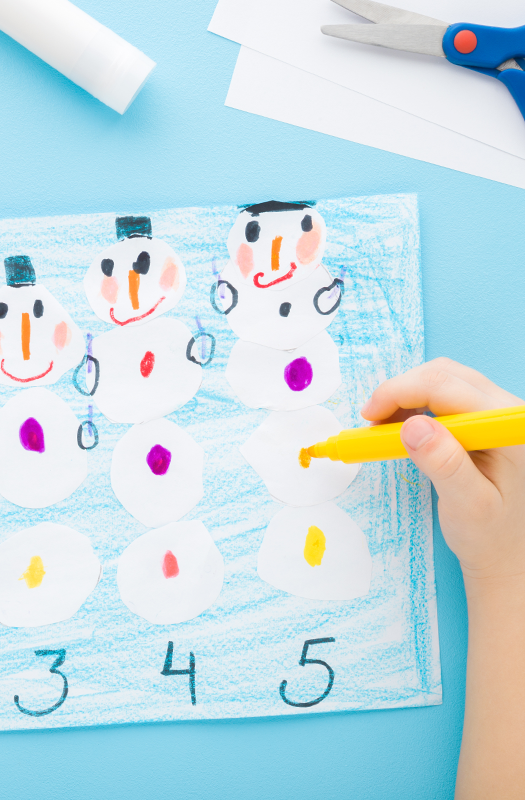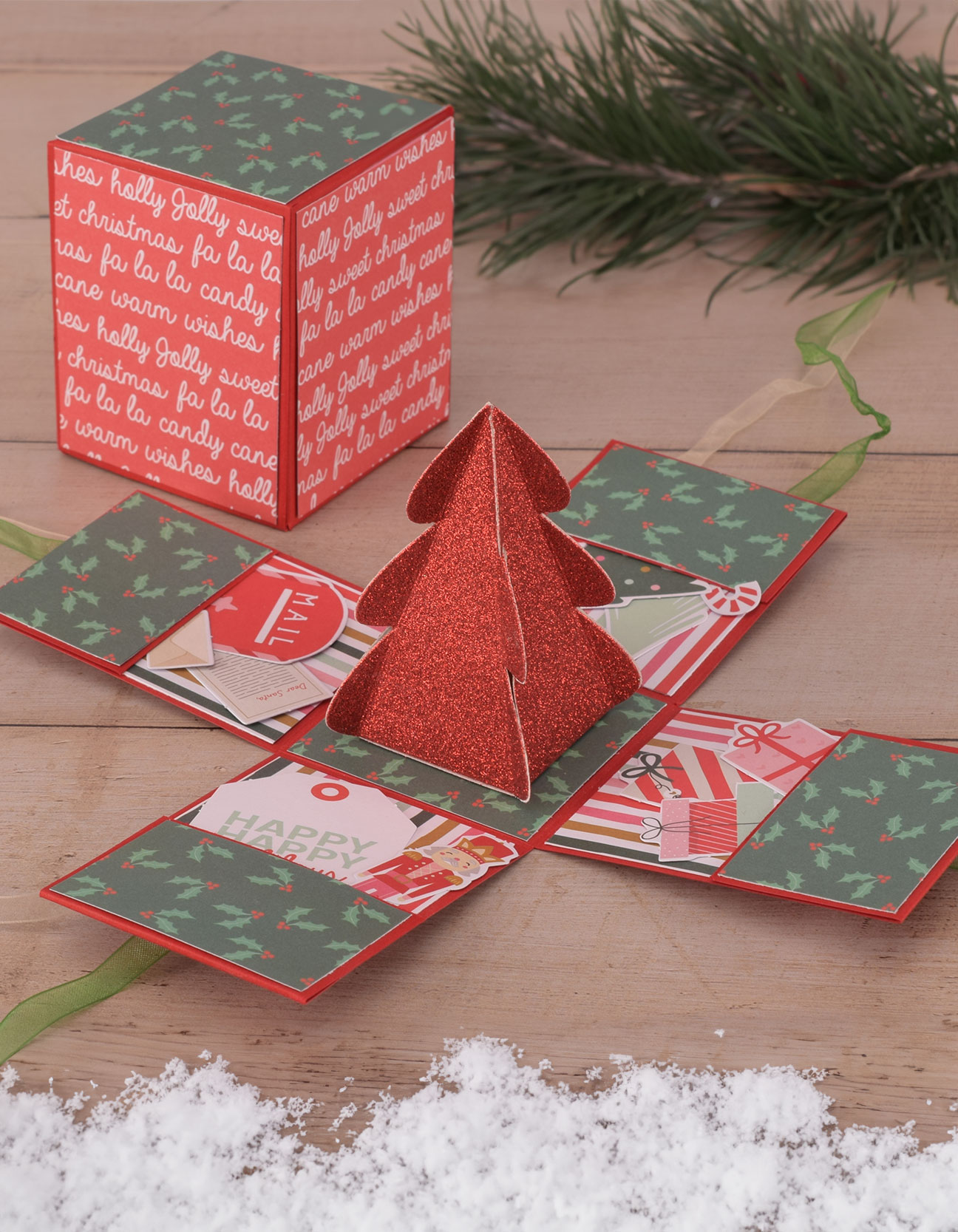Debido a la gran demanda, su paquete puede sufrir retrasos


Discover Shodo: Japanese calligraphy
You've probably heard of calligraphy: the art of writing beautifully, creating exquisite letters, words, and symbols. But have you ever heard of Shodo, Japanese calligraphy? In this blog, we delve deeper into this technique from the Japanese culture. Discover what makes this art form so unique and how you can get started yourself!
What is Japanese calligraphy?
Japanese calligraphy, also known as "shodo" in Japanese, is an ancient art form centred around writing Chinese and Japanese characters with a brush and ink. It's not just a way to visually represent words but also a form of meditation and self-expression. Each brushstroke is imbedded with meaning and emotion, making Japanese calligraphy a unique art form.
What do you need to start Japanese calligraphy?
Before you can begin with Japanese calligraphy, you'll need some supplies. Here's a list of what you'll need for traditional Japanese calligraphy:
- Brushes (Fude): Choose a set of high-quality Japanese calligraphy brushes in various sizes. Their unique shape and stiffness are ideal for creating different kinds of brushstrokes.
- Ink (Sumi): Invest in sumi ink, a traditional black ink designed explicitly for calligraphy. Sumi ink is known for its deep colour and smooth texture, which are perfect for creating elegant characters. Traditionally, you would need to prepare the ink, but nowadays, there are also ready-to-use options available that allow you to get started right away.
- Paper (Washi): Use washi paper, a particular type of Japanese paper known for its durability and absorbent properties. Washi paper is ideal for calligraphy because it absorbs ink well and offers a beautiful texture.
- Optional: Inkstone and grinding stick (Suzuri and Surikogi): Use an inkstone and grinding stick to prepare your sumi ink. By traditionally grinding the ink, you can achieve the right consistency and texture for your calligraphy projects.
- Optional: Practice books (Shitajiki): Get a few practice booklets to practice your brush skills. These booklets contain pre-printed characters and practice space where you can practice making different brushstrokes.
Step-by-step instructions
Now that you've gathered all the necessary materials, it's time to start with Japanese calligraphy! Follow these simple steps to take your first steps in this beautiful art form:
- Preparation: Prepare your workspace by placing all your materials within reach. Place a sheet of (washi) paper on the table to work on.
- Dip the brush: Dip your brush into a little (sumi) ink and let the excess ink droplets drip off the brush.
- Practice your strokes: First, practice some basic brushstrokes on a practice sheet. Try straight lines, curved lines, and different thicknesses to get comfortable with the brush.\
- Write your first characters: Choose a simple character to start with, such as "ichi" (one) or "ni" (two). Use your brush to write the character slowly and carefully, paying attention to your brush pressure and movement.
- Keep practising: Practice makes perfect, so keep practising regularly and experimenting with different characters and styles. The more you practice, the better you will become at Japanese calligraphy.
Easy Japanese calligraphy for beginners
Do you like the look of Japanese calligraphy, and would you like to experiment with it? But is it too early to invest in all these materials? No problem! Start practising on high-quality paper, such as watercolour paper, drawing paper, or a sketchbook. Practice drawing Japanese characters with fine liners or markers, like the beautiful ones from Sakura. You can also choose to practice with simple brushes and inks. Afterwards, you can always purchase the traditional materials to learn calligraphy in the real, traditional way.
Wether you choose to do this the traditional way or the beginner way. You, too, can create the most beautiful Japanese calligraphy creations in no time with the right materials and a little practice.



